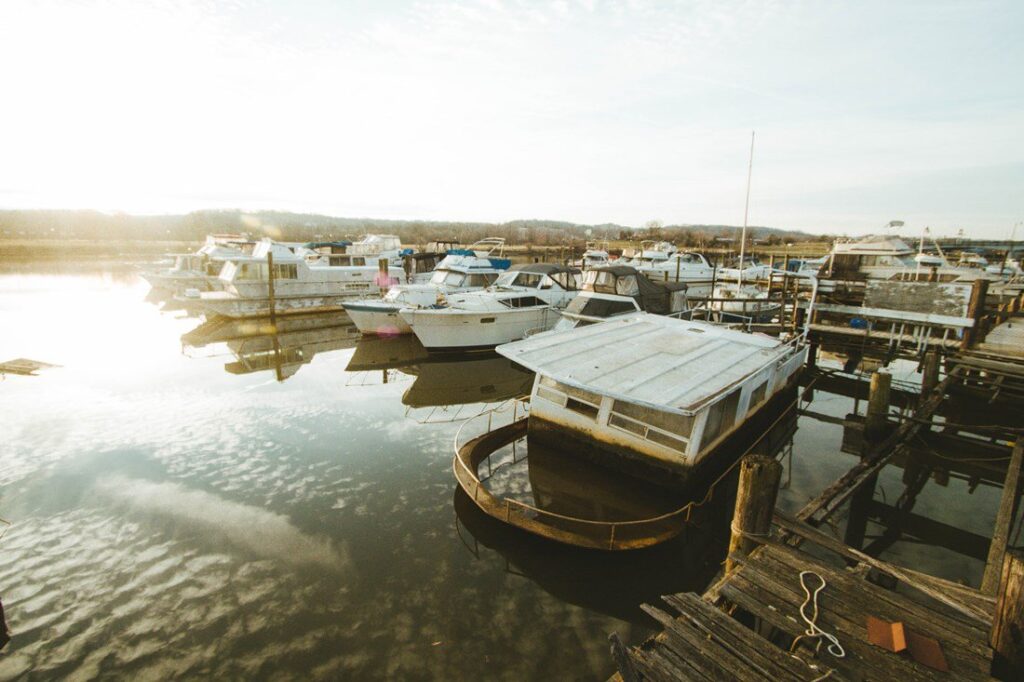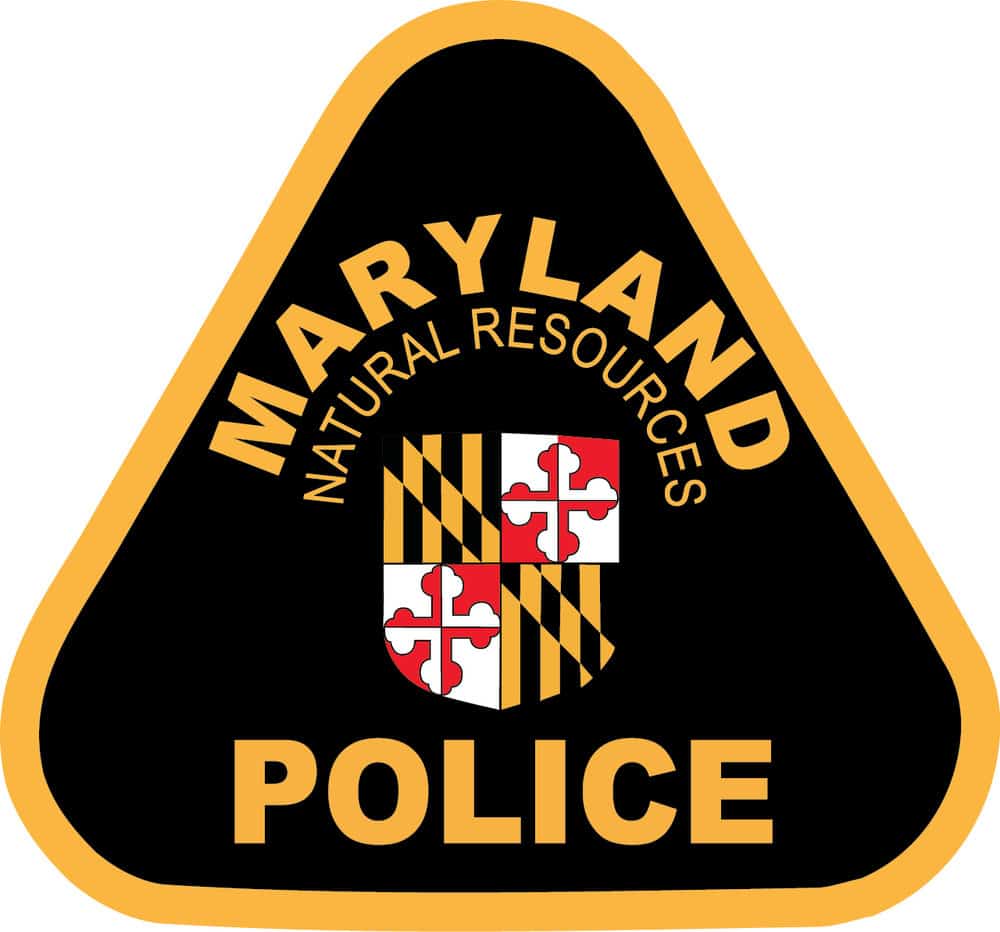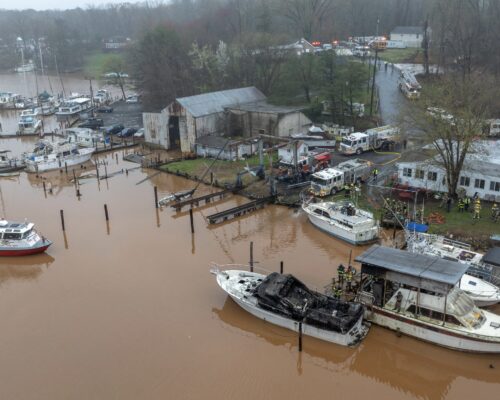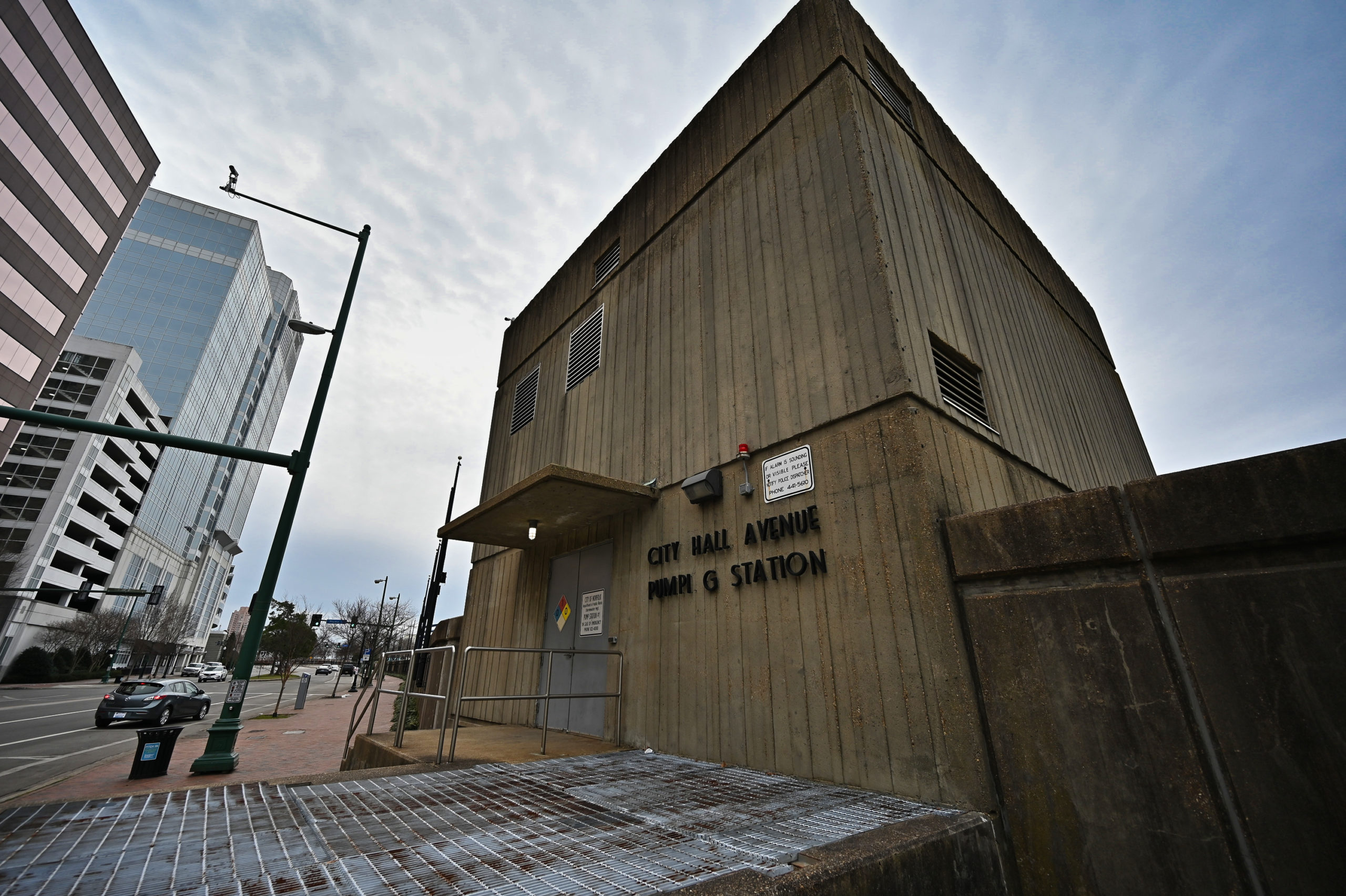The Anacostia River sometimes gets a bad rap because of its urban location and the impacts of pollution and dumping.
But the Anacostia Riverkeeper will be able to make strides towards a cleaner Anacostia, thanks to a new federal grant of nearly $1 million. The sum of money will allow 33 derelict boats from Anacostia marinas to be removed and help clean up large debris items and trash that are littering the water.
The National Oceanic and Atmospheric Administration (NOAA) Marine Debris Program picked the Metropolitan Washington Council of Governments (COG) for the grant. Along with the federal funding, the council secured $90,000 in matching funs from the state of Maryland, Washington, D.C., and Prince George’s County, Maryland.
COG will be working with the Anacostia Riverkeeper to remove an estimated 60,000 pounds of trash and debris along with the nearly three dozen abandoned vessels identified at five marinas along Boathouse Row. The entire project will take place over four years.
You can see the marina locations where boats have been left along the waterway on the map below:
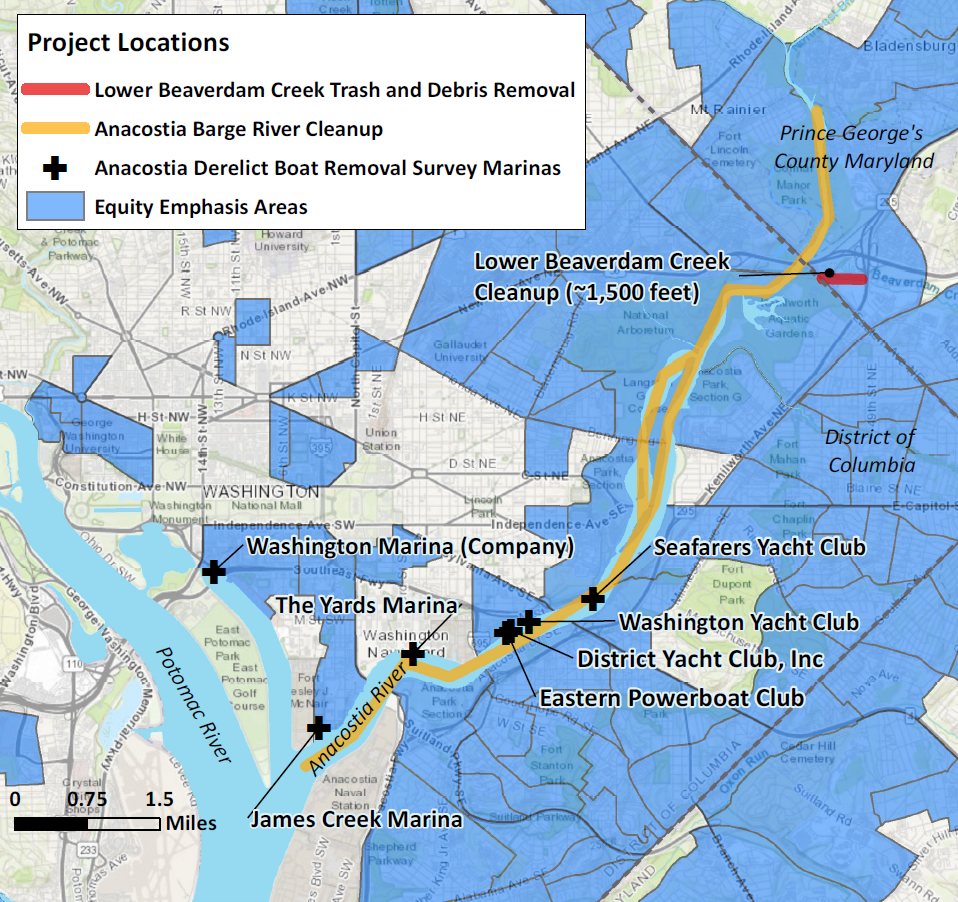
Boat clubs and marinas on Boathouse Row have been dealing with the problem of abandoned boats for years, but lacked resources to remove them.
COG is targeting Lower Beaverdam Creek for trash and debris removal. Over 12 years of monitoring, this 1,500-foot section of stream has had one of the highest trash counts of all 43 sites COG checks on.
Lower Beaverdam Creek, a tributary that flows into the Anacostia, has the highest concentration of vehicle parts, tires, appliances, and metal scraps. Their presence can harm important fish like striped bass, American shad and hickory shad along with other wildlife that uses the stream.
“Removing trash and debris, especially abandoned vessels, is crucial to reviving the health of our waterways and ensuring that our watershed residents have access to a clean and safe river,” remarked Anacostia Riverkeeper President Suzy Kelly.
During the four years of the project, COG will reach out to upstream businesses and the local community to discourage public littering. The agency will also create an online platform “where people can send geotagged pictures of large trash items in the river and nearby waterways to ultimately empower the community to keep large debris from accumulating in the future,” says COG Executive Director Clark Mercer.
There will be several barge river cleanups along the 8.5 miles of the tidal Anacostia River from D.C. to Maryland. These will take care of large trash that have ended up in the water like bikes, electric scooters and picnic tables.
The COG was granted the $963,132 to carry out this cleanup as part of a competitive process that looked for the highest-impact projects. In all, NOAA awarded $23 million for 13 different projects across the country and in three U.S. territories.

